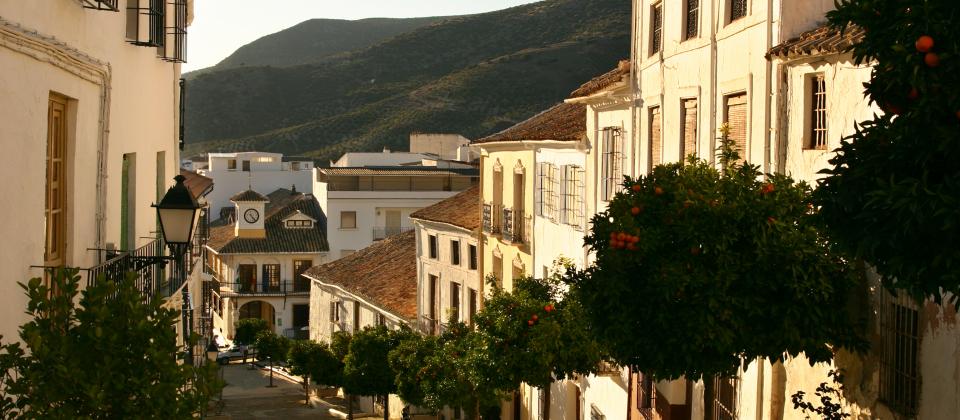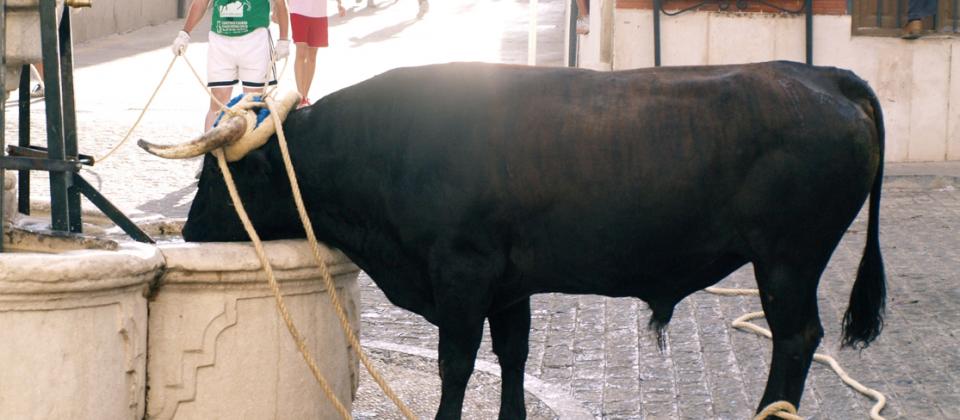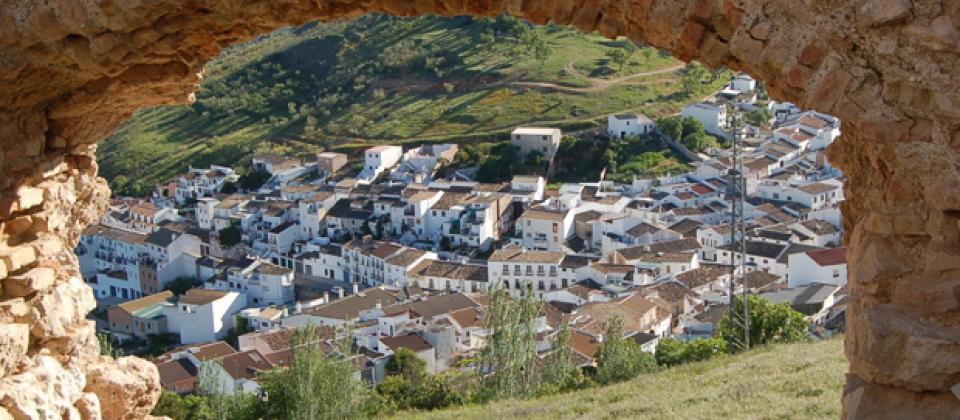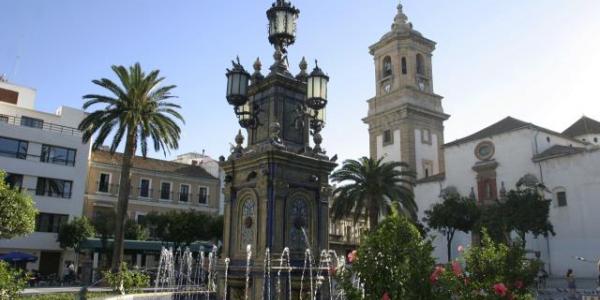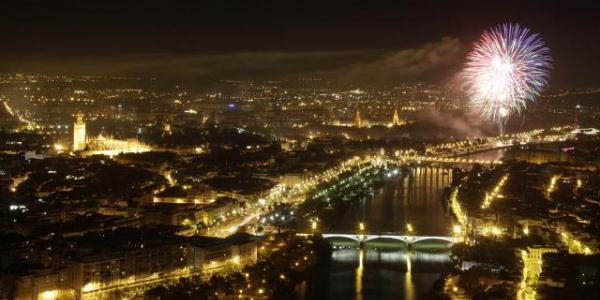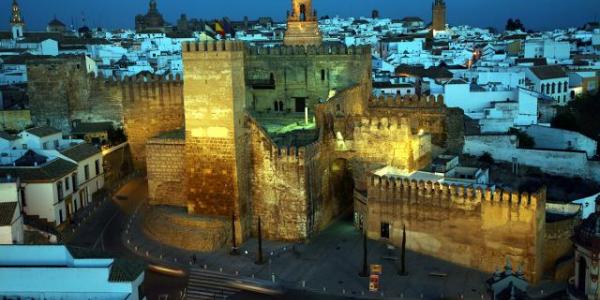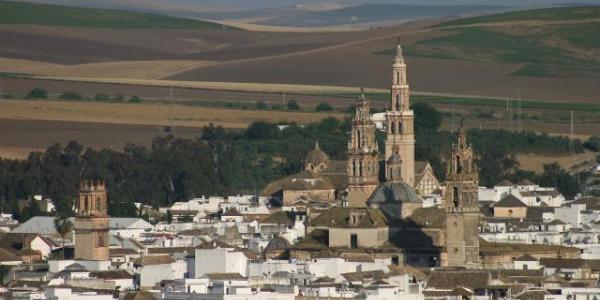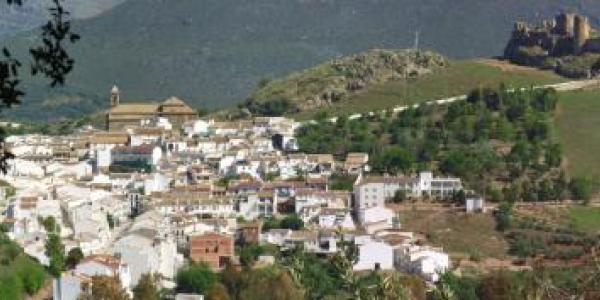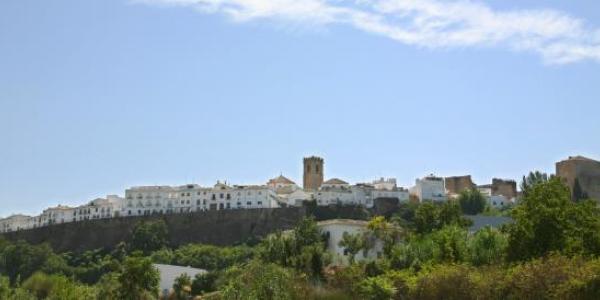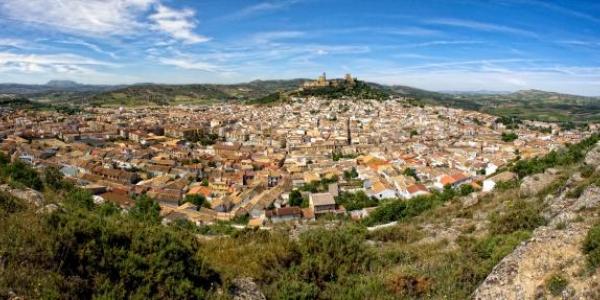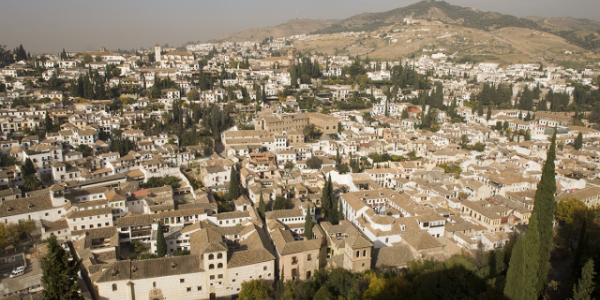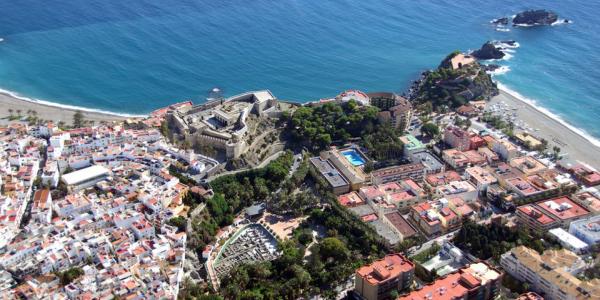Right in the core of the Sierras Subbeticas stands out this town, the highest in the region and presents the largest proportion of protected area in the whole province of Cordova. This privileged area, on the way between Eastern and Western Andalusia, gathers a rich cultural heritage due to the contribution of the different cultures that have settled in this soil throughout the centuries.
Numerous human groups have established in this area from Prehistory times, dating the first testimonies from Epipaleolithic times, between 9,000 and 6,000 B.C. The oldest material remains date from that period and have been found in the Fuente de las Palomas (Pigeon’s Fountain) and El Castillejo. However, in order to find the origin of the foundation of the town, we have to stop in Roman times, as vestiges of undoubted interest have been found dating from that period, such as altar stones, pedestals and a huge cistern among many other precious objects original from Ipolcobulcula, the Roman name for Carcabuey.
Some centuries later, under the Muslim rule it went on to be called Karkabul, meaning “small mountain pass”, an age when it fulfilled an important strategic role. Its frontier location made the town pass successively from Muslim to Christian hands till Martín Fernández de Portocarrero conquered it definitively in 1341. However, we had to wait until 18th century, when the Subbetica offered the world one of the greatest treasures in the province: Cordovan Baroque, a consequence of the economic and mercantile splendour. Even though the basis of the economy of the town is the farming sector, tourism is becoming a profitable element, gaining more and more importance in recent years.



